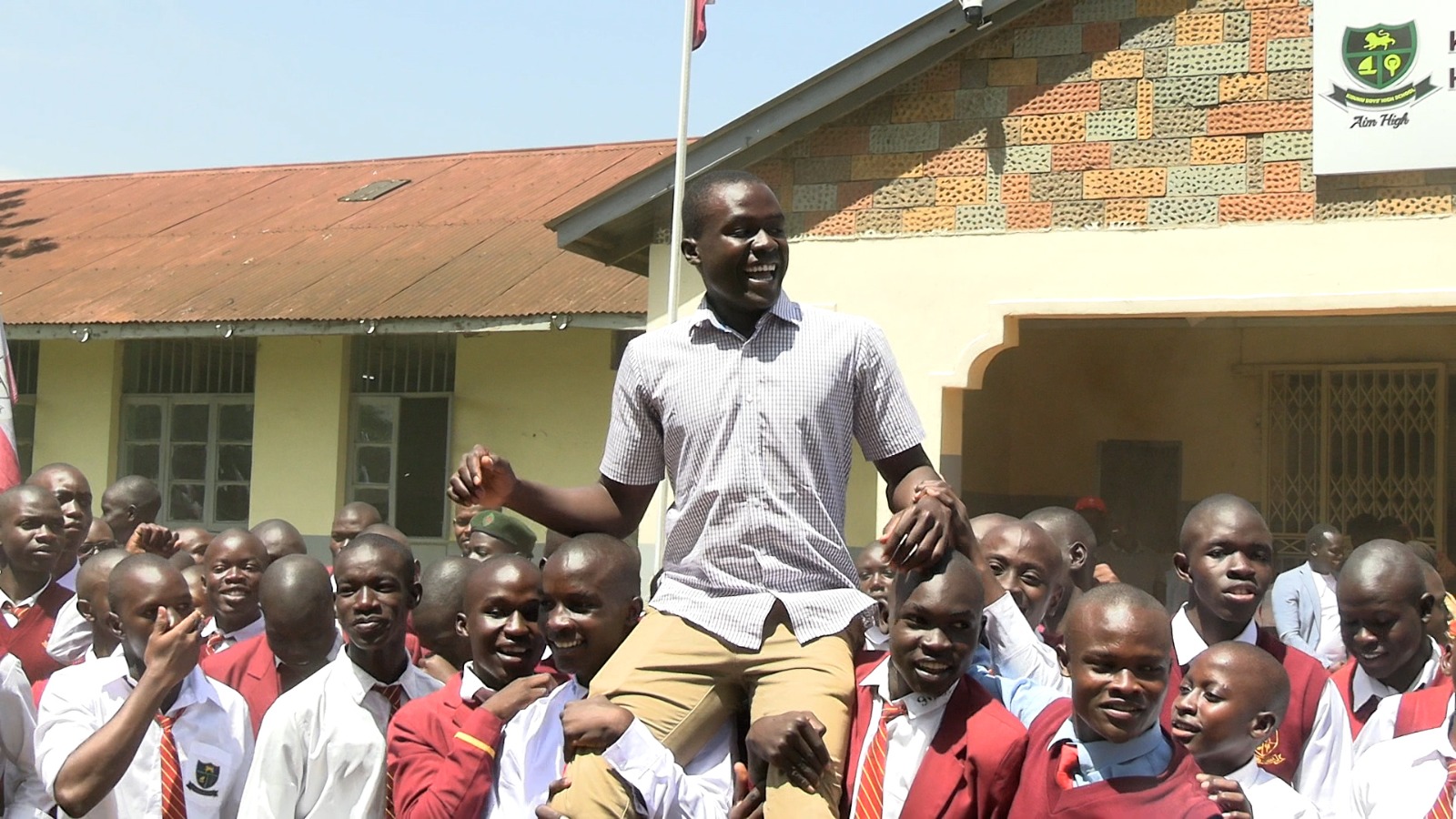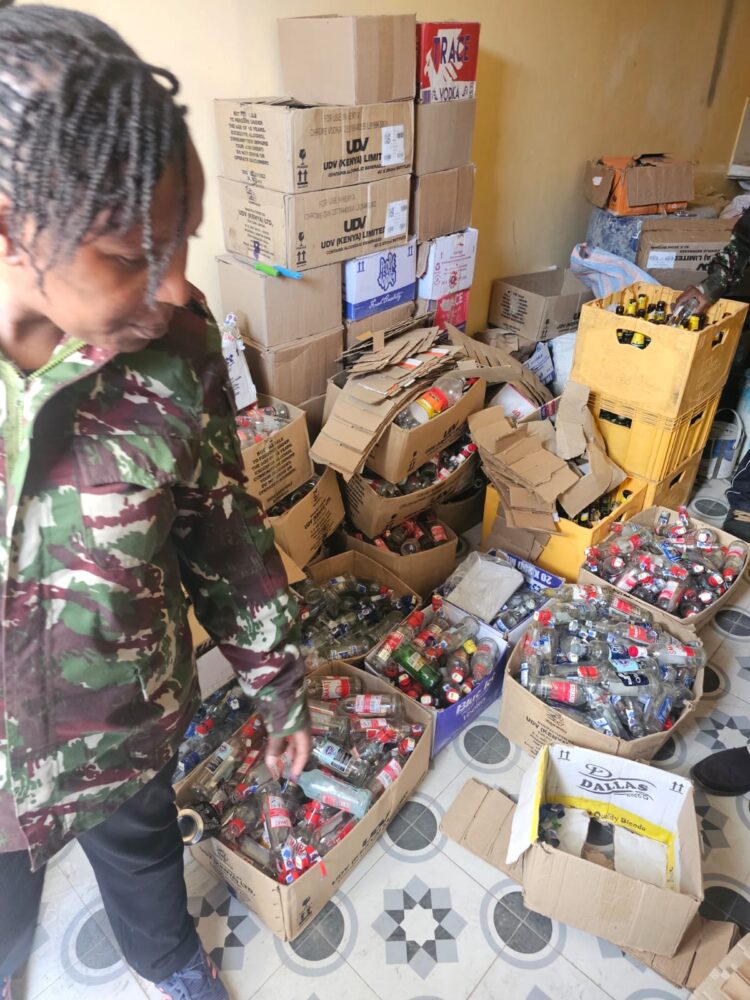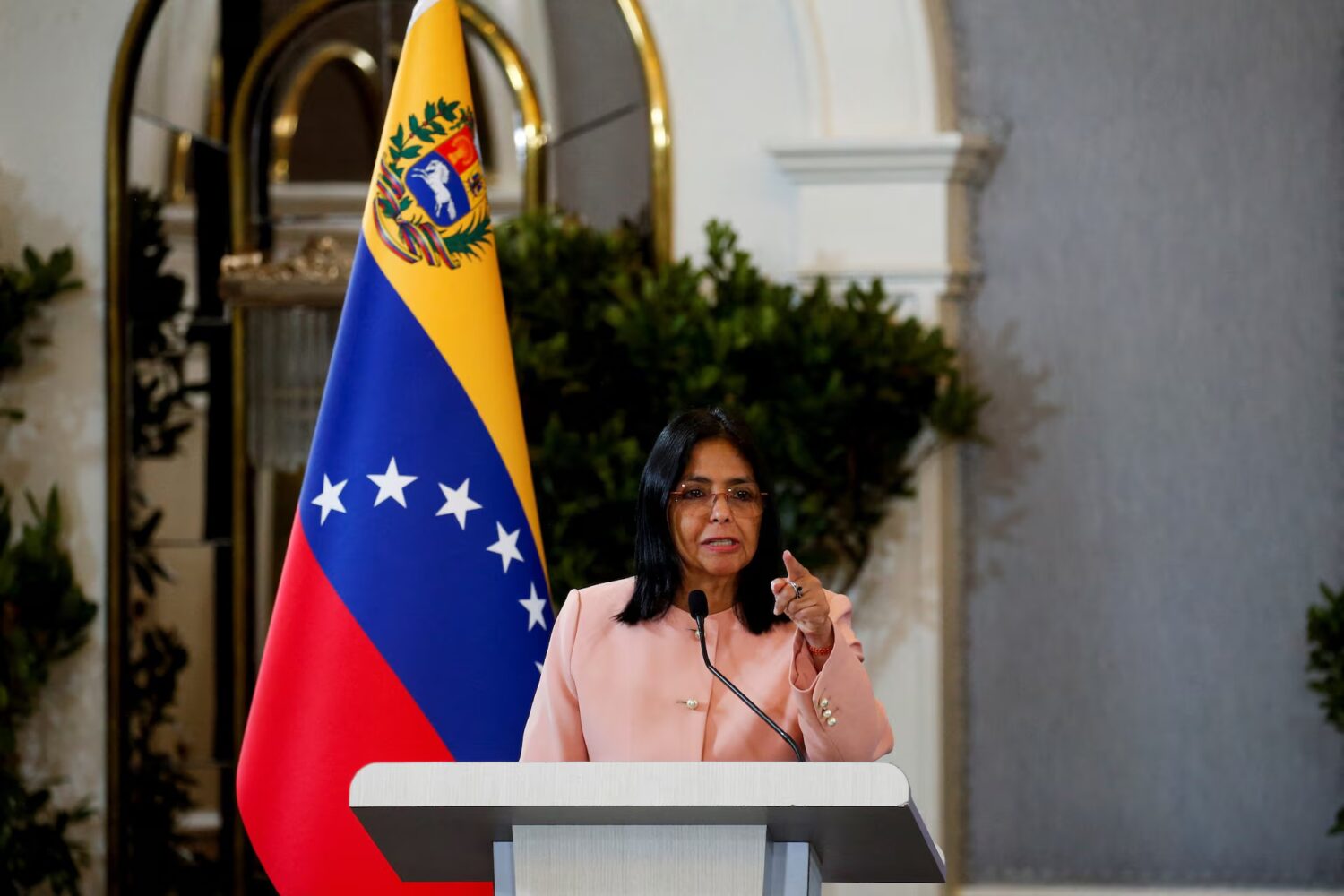Hope is on the horizon for close to 40 million people living with HIV globally, including an estimated 1.378 million Kenyans, as researchers in Melbourne, Australia, have announced a significant breakthrough in the quest for a cure.
Scientists at the Peter Doherty Institute for Infection and Immunity have found a novel method to force the elusive HIV virus out of its hiding places within human white blood cells, a critical challenge that has long hampered eradication efforts.
The virus’s ability to conceal itself in these specific immune cells creates a “reservoir” in the body, undetectable by current treatments or the immune system.
This allows HIV to reactivate if medication is stopped, necessitating lifelong antiretroviral therapy (ART) for those living with the virus.
With UNAids figures indicating a tragic loss of one life per minute to HIV globally in 2023, the urgency for a cure remains paramount.
In a landmark study published in Nature Communications, the Melbourne team demonstrated for the first time that mRNA, the technology famously used in COVID-19 vaccines, can be delivered directly into these “hiding” cells.
This was achieved by encasing the mRNA in a specially formulated, tiny fat bubble, dubbed LNP X. Once inside, the mRNA instructs the cells to reveal the hidden virus, making it potentially vulnerable.
Dr. Paula Cevaal, a research fellow at the Doherty Institute and co-first author of the study, described the initial test results as “too good to be true,” highlighting the groundbreaking nature of this new LNP design.
While acknowledging that the path to a clinical cure is long and requires further animal and human trials, Dr. Cevaal expressed immense hope, stating, “we have never seen anything close to as good as what we are seeing, in terms of how well we are able to reveal this virus.”
For Kenya, where approximately 3.3% of the adult population lives with HIV, such a breakthrough could have profound implications.
A cure would alleviate the significant burden of lifelong ART, improving the quality of life for millions and potentially freeing up substantial healthcare resources currently dedicated to treatment and prevention.
It could also drastically reduce new infections, particularly in communities disproportionately affected.
However, it is crucial to maintain a balanced perspective. This discovery is currently laboratory-based, and the journey from cell cultures to a widely accessible cure for patients is lengthy and complex, requiring years of rigorous testing for safety and efficacy.
While the potential is immense, immediate changes to current HIV management strategies in Kenya are not anticipated. Nevertheless, this research represents a promising step forward in the global fight against HIV, offering renewed hope for a future free from the virus.
ALSO READ: From awareness to action: Empowering young people in the fight against HIV












